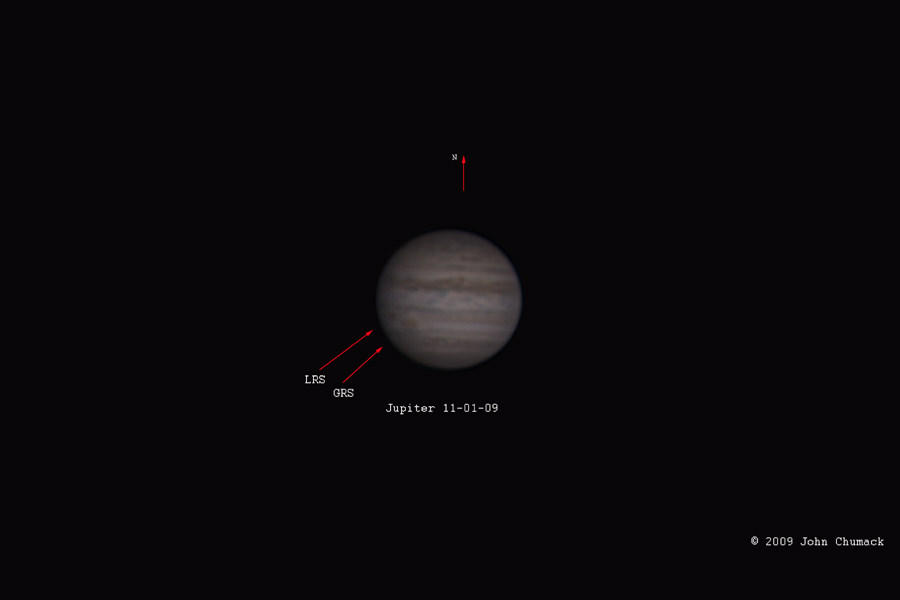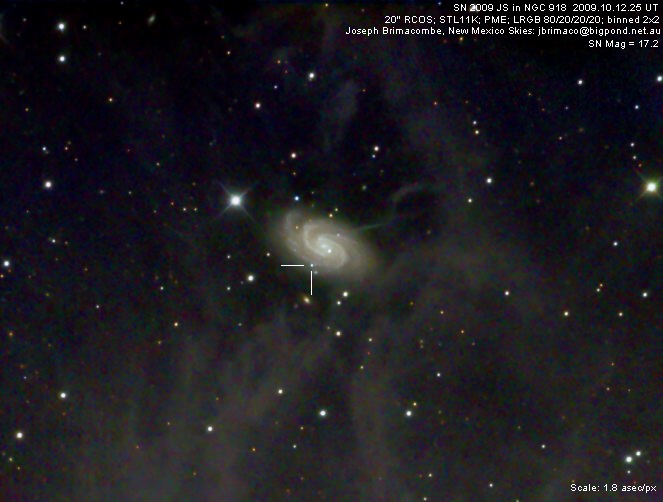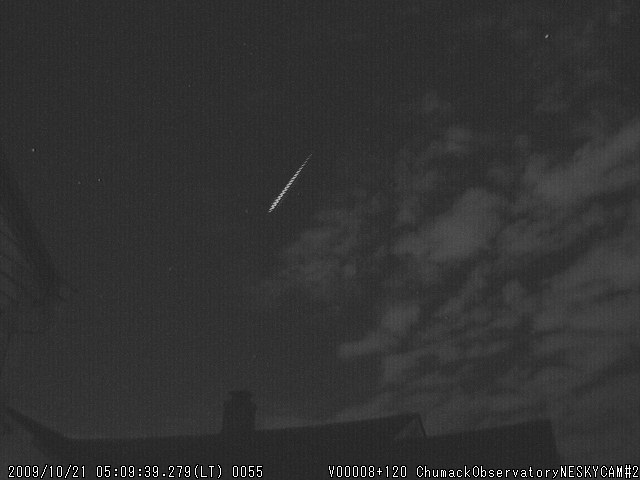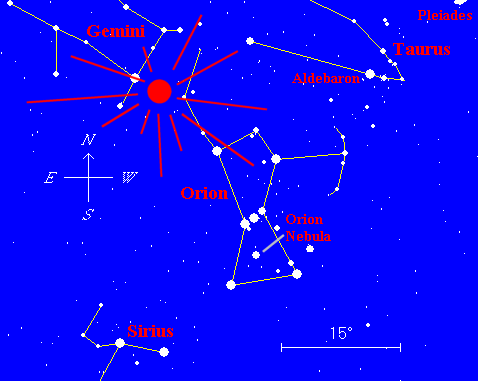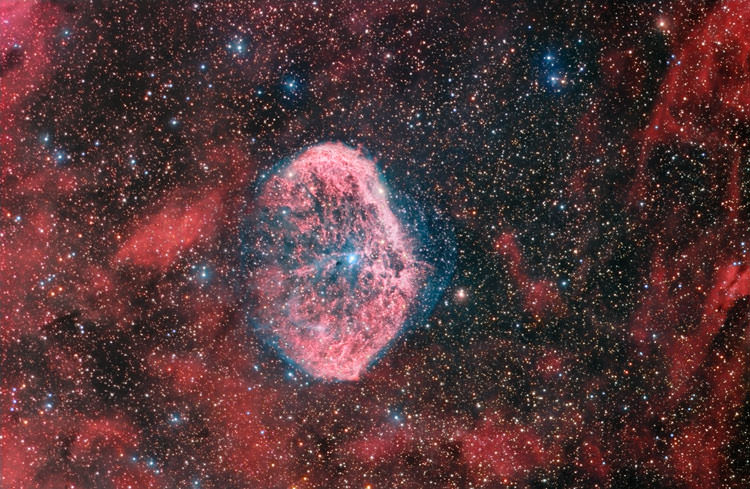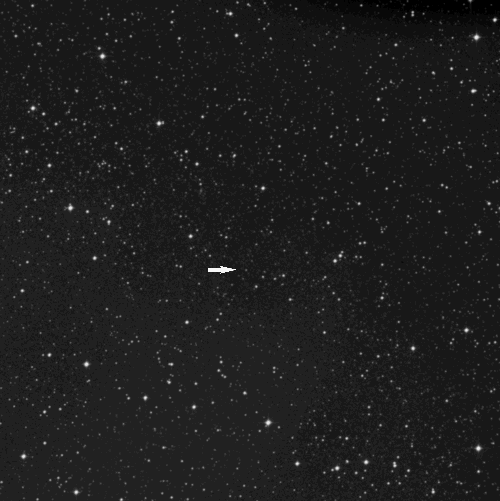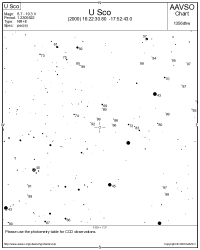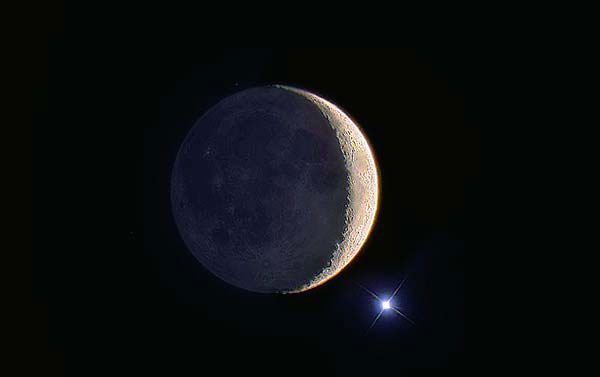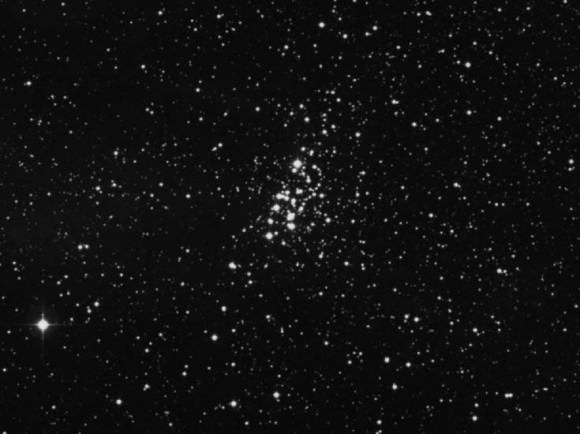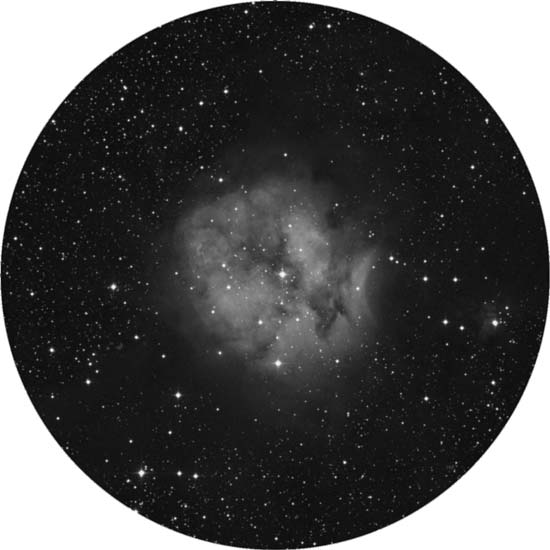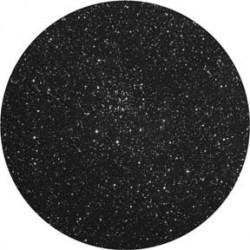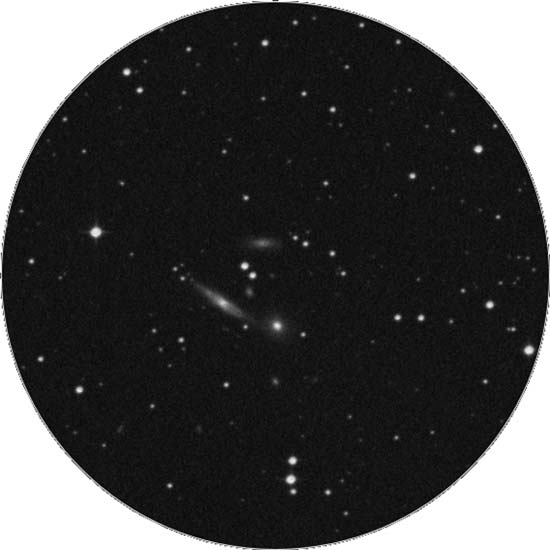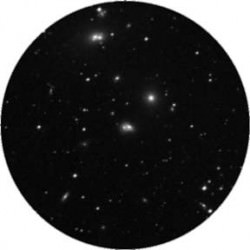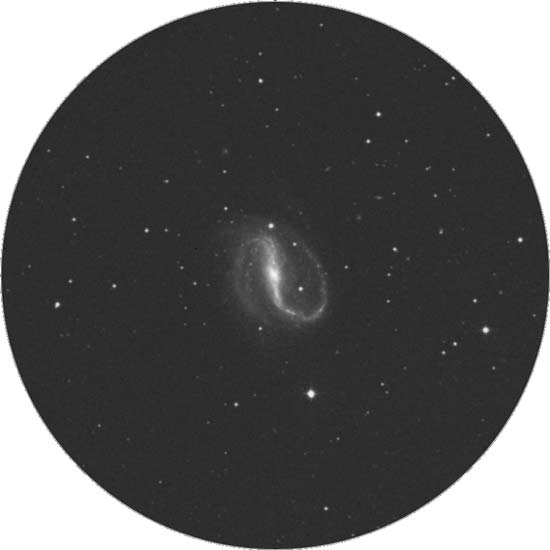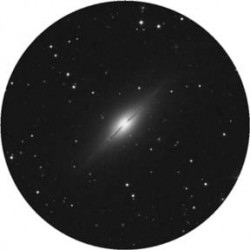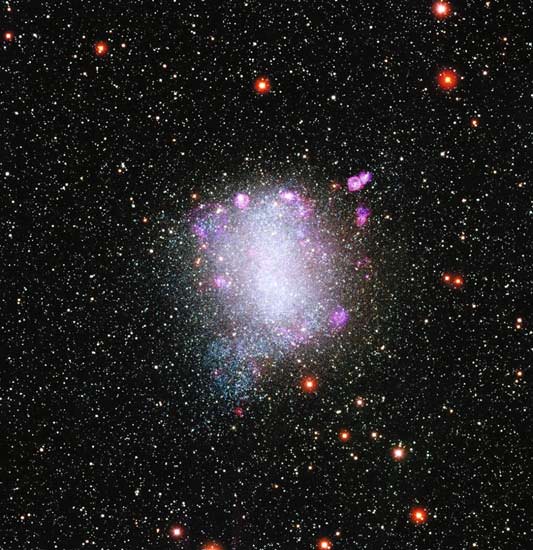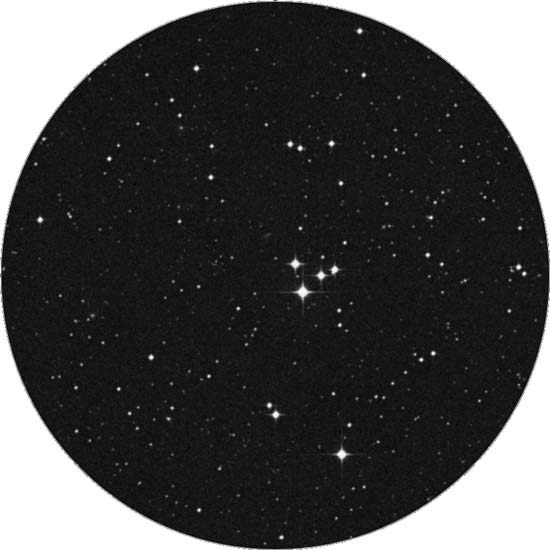Even though most of us have been suffering from poor seeing conditions due to both hemisphere’s seasonal climate changes, the changes we’re experiencing look like nothing compared to what’s happening on Jupiter. If you think we’ve got turbulent atmosphere and more than our fair share of clouds – then check out what John Chumack’s been watching!
“I captured Jupiter last night (7:45pm EST on 11-01-09) from my backyard in Dayton, but the seeing was rather poor….but I did notice that the Great Red Spot had Company…the Little Red Spot has gotten noticeably redder and is now very close to the GRS.”
Of course, we all know the Great Red Spot is a great anti-cyclonic (high pressure) storm similar to our terrestrial hurricanes, but it is enormous. Three Earths would fit within its boundaries! And we also know this huge storm has persisted for at least the 400 years that we humans have observed it through telescopes. But in all that time, has it ever collided with another storm front?
Because the GRS can never occur over a land mass and the fact that it is driven by Jupiter’s internal heat source may be why it has hung around for so long. Thanks to some far reaching computer simulations, astronomers believe such large disturbances may be a stable feature of Jupiter, and that stronger disturbances tend to absorb weaker ones. Has the GRS consumed smaller anti-cyclones in its past and that is why is is so big? Is it about to do it again?
Since the cometary collision that created the “Great Black Spot” in July of this year occurred, many observers and photographers have been keeping an eye on Jupiter’s activity. Says John, “Since July they seem to have been getting closer together and may eventually collide….it will be fun watching to see which one survives the duel!!!”
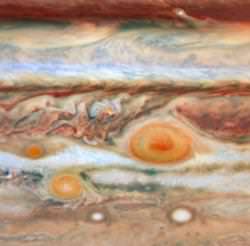 In 2006, Oval BA, also known as “Red Jr.,” sideswiped its huge companion – just as it does about every two years. Chances are good that when the two meet, the smaller of the pair will end up losing its ruddy tones – the larger storm slowing Oval BA’s spin and possibly reversing the process that reddened it in the first place. Will it pull up even more material from below Jupiter’s surface? Or will it disperse what’s already there? No one knows for sure… But what we do know is that when a third “Red Spot” passed between the two in 2008… and it didn’t survive the interaction. Need to know when to watch? Then take this:
In 2006, Oval BA, also known as “Red Jr.,” sideswiped its huge companion – just as it does about every two years. Chances are good that when the two meet, the smaller of the pair will end up losing its ruddy tones – the larger storm slowing Oval BA’s spin and possibly reversing the process that reddened it in the first place. Will it pull up even more material from below Jupiter’s surface? Or will it disperse what’s already there? No one knows for sure… But what we do know is that when a third “Red Spot” passed between the two in 2008… and it didn’t survive the interaction. Need to know when to watch? Then take this:
Great Red Spot Transit Times (UT):
November 1: 5:36, 15:31; 2: 1:27, 11:23, 21:19; 3: 7:14, 17:10; 4: 3:06, 13:02, 22:58; 5: 8:53, 18:49; 6: 4:45, 14:41; 7: 0:36, 10:32, 20:28; 8: 6:24, 16:20; 9: 2:15, 12:11, 22:07; 10: 8:03, 17:59; 11: 3:54, 13:50, 23:46; 12: 9:42, 19:38; 13: 5:33, 15:29; 14: 1:25, 11:21, 21:17; 15: 7:12, 17:08; 16: 3:04, 13:00, 22:56; 17: 8:51, 18:47; 18: 4:43, 14:39; 19: 0:35, 10:30, 20:26; 20: 6:22, 16:18; 21: 2:14, 12:10, 22:05; 22: 8:01, 17:57; 23: 3:53, 13:49, 23:44; 24: 9:40, 19:36; 25: 5:32, 15:28; 26: 1:23, 11:19, 21:15; 27: 7:11, 17:07; 28: 3:03, 12:58, 22:54; 29: 8:50, 18:46; 30: 4:42, 14:38
December 1: 0:33, 10:29, 20:25; 2: 6:21, 16:17; 3: 2:13, 12:08, 22:04; 4: 8:00, 17:56; 5: 3:52, 13:48, 23:43; 6: 9:39, 19:35; 7: 5:31, 15:27; 8: 1:22, 11:18, 21:14; 9: 7:10, 17:06; 10: 3:02, 12:58, 22:53; 11: 8:49, 18:45; 12: 4:41, 14:37; 13: 0:33, 10:28, 20:24; 14: 6:20, 16:16; 15: 2:12, 12:08, 22:03; 16: 7:59, 17:55; 17: 3:51, 13:47, 23:43; 18: 9:39, 19:34; 19: 5:30, 15:26; 20: 1:22, 11:18, 21:14; 21: 7:09, 17:05; 22: 3:01, 12:57, 22:53; 23: 8:49, 18:45; 24: 4:40, 14:36; 25: 0:32, 10:28, 20:24; 26: 6:20, 16:16; 27: 2:11, 12:07, 22:03; 28: 7:59, 17:55; 29: 3:51, 13:46, 23:42; 30: 9:38, 19:34; 31: 5:30, 15:26
And get thee out there with a telescope… Dueling Red Spots will be fun to watch!
Many thanks to John Chumack of Northern Galactic for sharing his image with us and to Sky & Telescope Magazine for the GRS transit prediction times!

